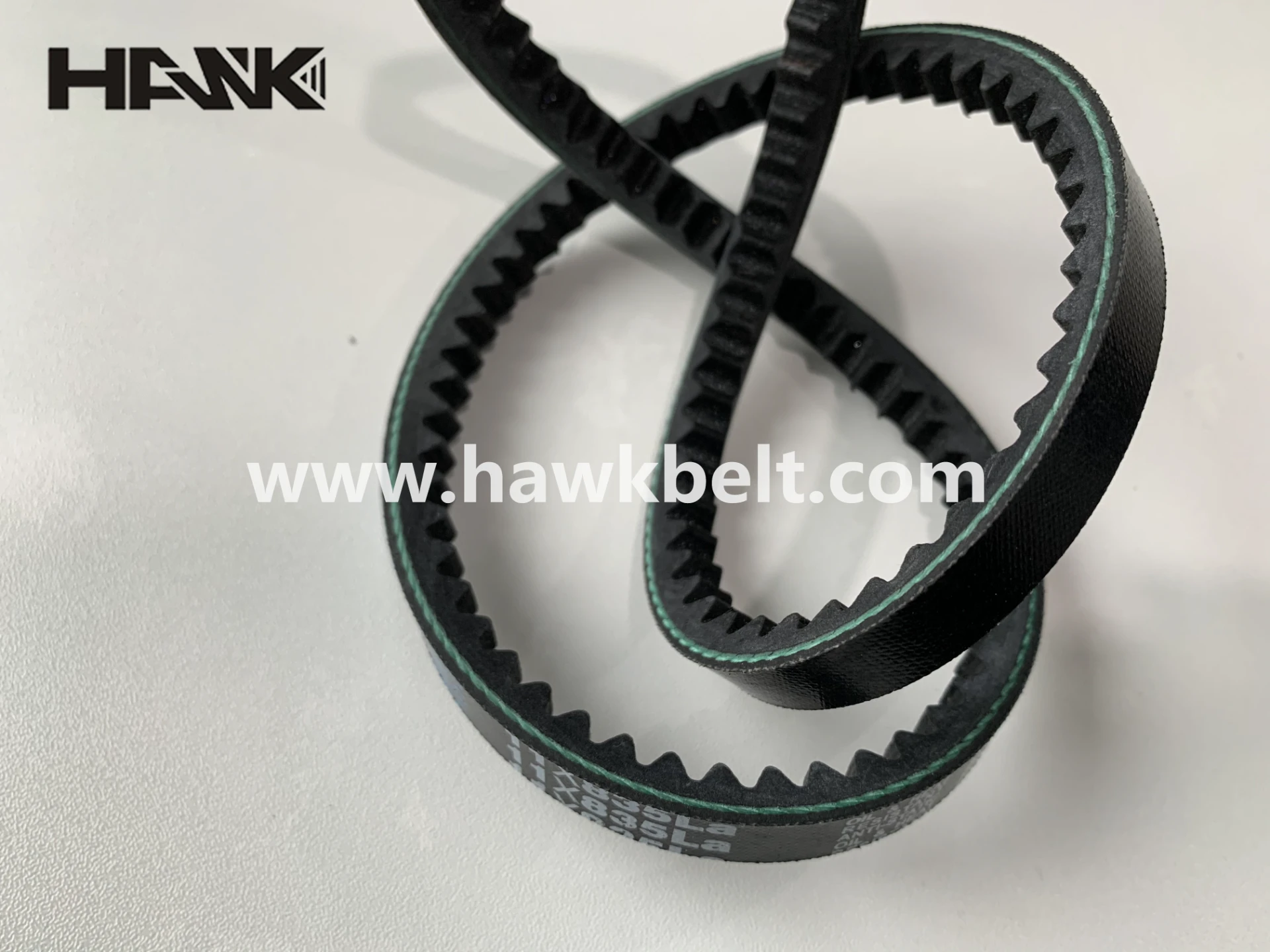- Arabic
- French
- Russian
- Spanish
- Portuguese
- Turkish
- Armenian
- English
- Albanian
- Amharic
- Azerbaijani
- Basque
- Belarusian
- Bengali
- Bosnian
- Bulgarian
- Catalan
- Cebuano
- Corsican
- Croatian
- Czech
- Danish
- Dutch
- Afrikaans
- Esperanto
- Estonian
- Finnish
- Frisian
- Galician
- Georgian
- German
- Greek
- Gujarati
- Haitian Creole
- hausa
- hawaiian
- Hebrew
- Hindi
- Miao
- Hungarian
- Icelandic
- igbo
- Indonesian
- irish
- Italian
- Japanese
- Javanese
- Kannada
- kazakh
- Khmer
- Rwandese
- Korean
- Kurdish
- Kyrgyz
- Lao
- Latin
- Latvian
- Lithuanian
- Luxembourgish
- Macedonian
- Malgashi
- Malay
- Malayalam
- Maltese
- Maori
- Marathi
- Mongolian
- Myanmar
- Nepali
- Norwegian
- Norwegian
- Occitan
- Pashto
- Persian
- Polish
- Punjabi
- Romanian
- Samoan
- Scottish Gaelic
- Serbian
- Sesotho
- Shona
- Sindhi
- Sinhala
- Slovak
- Slovenian
- Somali
- Sundanese
- Swahili
- Swedish
- Tagalog
- Tajik
- Tamil
- Tatar
- Telugu
- Thai
- Turkmen
- Ukrainian
- Urdu
- Uighur
- Uzbek
- Vietnamese
- Welsh
- Bantu
- Yiddish
- Yoruba
- Zulu
Nov . 07, 2024 20:14 Back to list
Innovations and Trends in Conveyor Belt Technology for Enhanced Efficiency
The Importance of Conveyor Belts in Modern Industry
Conveyor belts play a vital role in various industries, serving as the backbone for the efficient movement of materials and products. From manufacturing plants to distribution warehouses, conveyor belts facilitate streamlined operations, significantly increasing productivity while minimizing manual labor. This article explores the various types, functions, and benefits of conveyor belts in modern industrial settings.
Types of Conveyor Belts
Conveyor belts come in various types, each designed for specific applications. The most common types include
1. Flat Belts These are the most commonly used belts in industries. They consist of a continuous loop of material that moves on a flat surface, suitable for transporting light to medium-weight goods.
2. Modular Belts Made up of interlocking plastic pieces, modular belts are ideal for intricate applications requiring flexibility, such as in food processing and packaging lines.
3. Cleated Belts Equipped with raised edges, cleated belts prevent items from sliding or rolling backward on inclined surfaces, making them perfect for steep conveyor systems.
4. Wire Mesh Belts These belts are made from metal strands and allow for high-temperature applications, such as baking or metal finishing processes, ensuring durability and ventilation.
5. Roller Bed Belts Rolling conveyor systems reduce friction, making it easier to move heavy items. These belts are often used in distribution centers for heavy packages.
Functions of Conveyor Belts
The primary function of conveyor belts is to transport materials from one point to another in a facility. However, their applications extend beyond mere movement. Conveyor belts also
- Sort Products Integrated tracking systems in conveyor belts can aid in sorting items effectively, ensuring timely delivery of products to designated areas
.conveyor belts

- Handle Load Variation Conveyor systems can be customized to handle various load sizes and weights, facilitating the transport of diverse products from automotive parts to food items.
- Promote Safety By mechanizing the movement of goods, conveyor belts reduce the risk of workplace injuries associated with lifting and carrying heavy items.
- Enhance Efficiency With a continuous flow of materials, conveyor belts minimize downtime, allowing for higher throughput and improved operational efficiency.
Benefits of Conveyor Belts
Investing in conveyor belt systems can yield significant benefits for businesses
1. Increased Productivity By automating the conveyance of materials, businesses can achieve higher output rates, reducing labor costs and increasing overall productivity.
2. Cost-Effective Operations Conveyor belts can significantly lower material handling costs by optimizing workflow and reducing the reliance on manual labor.
3. Improved Ergonomics With less manual handling involved, workplace ergonomics improve, leading to lower incidences of musculoskeletal disorders among employees.
4. Versatility and Adaptability Conveyor systems can be easily adapted to accommodate new products or changes in manufacturing processes, providing businesses with the flexibility to respond to market demands.
5. Time Efficiency Faster transportation of goods minimizes delays in production and order fulfillment, allowing companies to meet customer expectations more effectively.
Conclusion
In conclusion, conveyor belts are an essential component of modern industrial operations. Their ability to transport materials efficiently, promote safety, and enhance productivity cannot be overstated. As technology continues to advance, conveyor systems will likely become even more sophisticated, further revolutionizing the way industries operate. Investing in a high-quality conveyor belt system is, undeniably, a step forward in achieving operational excellence and maintaining a competitive edge in the marketplace.
-
Upgrade Power Steering Pump Belt for Smooth, Quiet Operation
NewsAug.27,2025
-
Precision Timing Belt & Chain: Engine Performance & Durability
NewsAug.26,2025
-
Precision Lathe Drive Belts: Durable & Reliable Performance
NewsAug.25,2025
-
84.5 Serpentine Belt: Durable & Precision Fit for Your Engine
NewsAug.24,2025
-
Premium Ribbed Drive Belts for Quiet Power Transmission
NewsAug.23,2025
-
High-Performance Vehicle Timing Belt for Engine Precision
NewsAug.22,2025

